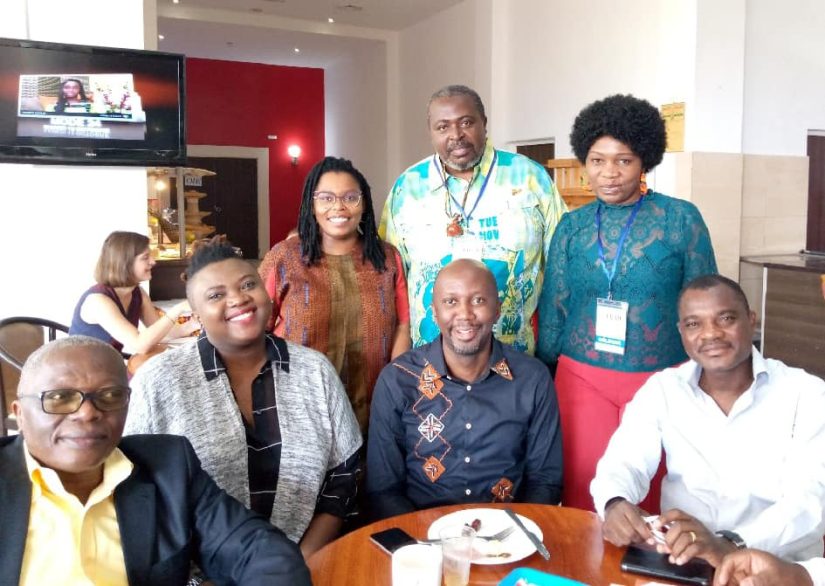
Photo © FICDC
The fourth panel of the Regional Conference “Pan-African Perspectives for the Protection and Promotion of the Diversity of Cultural Expressions” (October 9 and 10, 2019) focused on the current and future challenges for the diversity of cultural expressions. It brought together Samuel Sangwa (CISAC), Ivana Otasevic (UNESCO Chair on the Diversity of Cultural Expressions), Edith Katiji (Zimbabwe Musicians’ Union), Luc Yatchokeu (REPAC).
- Samuel Sangwa, Regional Director for Africa of the International Confederation of Societies of Authors and Composers (CISAC), was the first to address the issues related to intellectual property on the African continent.
He first recalled the role of copyright collecting societies in remunerating and recognizing creators, and then presented CISAC and its work in Africa. With 37 copyright societies in 31 countries, CISAC is present throughout the continent, from Algeria to South Africa and Togo. CISAC produces an annual global collection report each year. In 2017, out of €9 billion raised worldwide, Africa’s share was only 75 million, or 0.8% of the total. Samuel Sangwa deplored the fact that African creators are not remunerated at the level of the exploitation of their works. He listed the major challenges to the growth of clinics in Africa:
- The resistance of users: lack of knowledge of copyright, deliberate refusal of the principle of payment of the fee;
- The operational efficiency of collective management organizations: licensing of users, territorial networking, management of digital exploitation rights;
- The obsolete, inadequate or inadequate legislative frameworks.
He also pointed out that only eight African countries are now able to collect the private copying levy. Samuel Sangwa then listed the challenges and priority campaigns for CISAC:
- The transfer of value on platforms;
- The resale right for creators of artistic works (visual arts and crafts);
- The right to fair remuneration for authors of audiovisual works
He presented the “Copyright Friendly” label, launched in Cape Verde, which can be awarded to festivals, organizations and events that respect copyright. Finally, he argued that the notion of copyright has always been part of African culture and called for respect for the rights of creators, in Africa as elsewhere in the world.
Presentation by Mr Sangwa (in French)
- In a second presentation, Ivana Otasevic, coordinator of the UNESCO Chair on the Diversity of Cultural Expressions, presented the Guide on Cultural Clauses in Trade Agreements, by Véronique Guèvremont (Chairholder) and Ivan Bernier (Professor Emeritus of the Faculty of Law of Laval University).
The Chair’s guide meets several objectives:
- Raise awareness among States about the possible implications of trade negotiations for the culture sector;
- Assist States in developing their capacities so that they can choose the appropriate cultural clauses to preserve their sovereign right to intervene in favour of culture;
- Present the best practices that have been developed by some States over the past 15 years;
- Inspire new initiatives to protect and promote cultural diversity in trade agreements (particularly in the area of digital trade).
This guide offers an approach inspired by State practice. It is based on a comparative study of 99 free trade agreements concluded since the adoption of the 2005 Convention. The Chair identified the most relevant cultural clauses in these agreements and made recommendations. The guide is structured in four steps. First, it invites States (and civil society organizations that use the guide to lobby their States) to become familiar with their own cultural sector, to understand the mechanisms of free trade and their potential impact on the cultural sector, and to develop a knowledge of existing cultural clauses and trade instruments. In a second step, the guide makes recommendations concerning the preparation for the negotiation of a new trade agreement containing cultural clauses. Thirdly, it gives indications on the main chapters of the agreement for the incorporation of cultural clauses. It highlights the importance of defining exactly what we want to protect and paying particular attention to electronic commerce. The last step of the guide concerns the monitoring of the negotiated free trade agreement and the implementation of cultural clauses.
Presentation by Mrs Otasevic (in French)
- Édith Katiji, President of the Zimbabwe Musicians’ Union, then addressed a third major challenge for the diversity of cultural expressions: that of women’s participation and conditions in the cultural sector.
Three main things affect women in the cultural spheres:
- The defined, imposed and expected roles of women;
- A work environment that is often dangerous for them;
- Their exclusion from participation in the cultural economy.
Édith Katiji was a member of an all-women music group that performed throughout Zimbabwe. She noted many prejudices about their performance. Some expected them to play one type of music and not another, reserved for men, others had similar expectations regarding the lyrics. There were also prejudices related to their presence on stage, many expected them to dance in a way that was considered “feminine”.
Edith Katiji then referred to the many cases of women facing all kinds of abuse – emotional, physical, sexual – in the workplace. She deplored cases of discrimination, sexist attitudes and general contempt that discourage women from continuing to work in the cultural sector. Women are easily victims of sexist behaviour and even sexual exploitation. Sexual favours may be required from artists in exchange for a promotion or exhibition of their work. The cultural and creative industries are most often led by men and most decisions are therefore made exclusively by them. This creates a situation where women are excluded from any advantageous decisions.
Moreover, much of the exclusion of women does not occur in the open. Men may decide that female interpreters have no place in a particular event. In other cases, they consider that the type of audience expected is not suitable for a female performer. Some male promoters may also consider that the type of music played by a woman is unsuitable for certain audiences. Faced with these obstacles, women often turn to private organizations to perform. But there is little public attention paid to private events and women are therefore most often excluded from the media space. Without this media coverage, they are less visible and earn less. Some use social media to promote themselves, but this does not have the same impact because traditional media are still dominant on the continent (in Zimbabwe, radio is the first broadcasting channel).
Edith Katiji concluded her presentation by calling on African societies to review their history and consider how to achieve gender balance in the cultural sector and in all spheres of society.
- Luc Yatchokeu, coordinator of the Regroupement des Professionnels des Arts et Culture d’Afrique Centrale (REPAC), presented the Art Connect Africa project.
A platform for cultural cooperation and exchange, Art Connect Africa (www.artconnectafrica.com) was designed to encourage and develop cultural relations between North Africa and sub-Saharan Africa. At the origin of the project, there is a desire on the part of cultural actors in North Africa and sub-Saharan Africa to get closer and strengthen exchanges between the two regions. Cultural actors are concerned to present through the arts a united Africa, which a few years ago appeared as two different continents.
The platform brings together several different actors: artists, professionals, festivals, professional organizations, places of cultural expression, media, cultural institutions. It concerns all artistic disciplines: music, performing arts, visual arts, sculpture, literature, cinema, architecture. Luc Yatchokeu reviewed how the project was developed with, on the one hand, the creation of a digital platform (website and application), and, on the other hand, the establishment and animation of a pan-African programme to support cooperation and exchange initiatives.
The expected results are diverse: building an artistic community, sharing information on ongoing collaborations and opportunities, supporting projects, producing statistics, strengthening cooperation and exchanges, exploring new markets.
Presentation by Mr Yatchokeu (in French)
With the support of the International Organisation of La Francophonie, the Union Économique et Monétaire Ouest Africaine (UEMOA), the Togolese Coalition for Cultural Diversity, the French Coalition for Cultural Diversity, the Coalition for the Diversity of Cultural Expressions (Canada), the Austrian Coalition for Cultural Diversity, the Government of Togo, the Government of Canada, the Government of Quebec, the National Commission of the Francophonie in Togo.
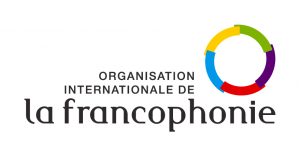

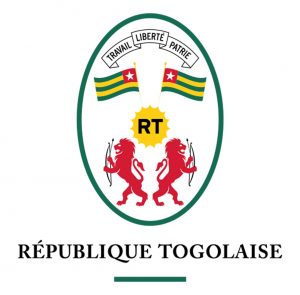
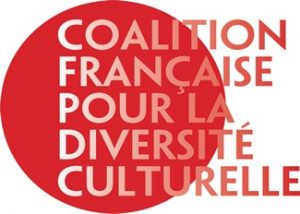
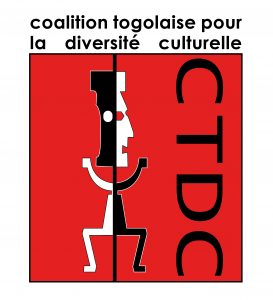
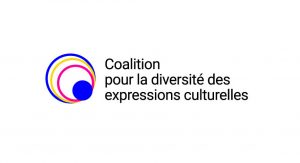

![]()
